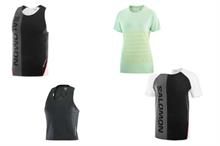
29th Nov 2023
Salomon will launch its new Knit_Flow fabric technology in select running apparel, integrating Ionic+ Botanical and 37.5 technologies for enhanced odour control. This fabric, approved by the EPA, is the first durable plant-based anti-odour formula. The S/LAB and Sense Aero lines will feature this technology, with specific designs for men and women.

3rd Nov 2023
High-tech Dutch fashion designer Anouk Wipprecht, in collaboration with Chromatic 3D Materials, has unveiled a motion-activated 3D-printed dress that incorporates LEDs and ultrasonic sensors. The dress can respond to its environment with customisable lighting. Made with flexible 3D-printed elastomers, the dress is easy to wear, wash, and maintain.
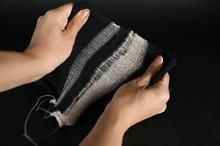
27th Oct 2023
MIT researchers have developed a revolutionary programmable fibre named FibeRobo that can change shape in response to temperature changes, making it suitable for smart clothing. FibeRobo doesn’t require any embedded sensors. Created from a material called liquid crystal elastomer (LCE), the fibre contracts when heated and self-reverses as it cools.
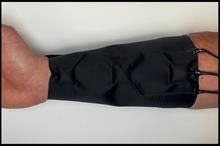
5th Sep 2023
Rice University engineers have developed wearable textile devices that use haptic feedback to enhance sensory inputs, aiding people with visual or auditory impairments. The system, which includes a belt and textile sleeves, utilises fluidic signals to control haptic cues such as vibration, tapping, and squeezing. These cues can guide users in...
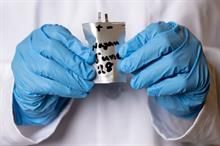
31st Jul 2023
Houston University researchers have created a prototype of a stretchable fabric-based lithium-ion battery. Led by professor Haleh Ardebili, the team converted rigid electrodes into flexible, stretchable forms, enhancing the prospects for wearable tech. Utilising conductive silver fabric, the new batteries overcome conventional rigidity and fire...

11th Jul 2023
NUS researchers have created a new method for producing soft, reusable fibres for smart textiles, inspired by spider silk spinning. The fibres, generated through the Phase Separation-Enabled Ambient (PSEA) spinning approach, exhibit strength, stretchability, and electrical conductivity. Future uses include interactive gaming gloves and...
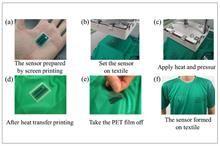
7th Jul 2023
Japanese researchers have developed a wearable chemical sensor using heat-transfer printing, capable of measuring chloride ion concentration in sweat. The sensor can be applied to textiles to prevent skin irritation, making it useful for early detection of heat stroke and dehydration. The study was conducted by the Tokyo University of Science.
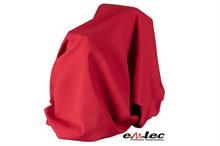
6th Jun 2023
Emtec Electronic will showcase its revamped TSA Tactile Sensation Analyzer at the World of Wipes Conference in Atlanta, July 2023. The device measures and digitises haptic properties of materials, such as softness, smoothness, and elasticity, surpassing human touch limitations. The TSA also captures high-resolution images of samples for easy...
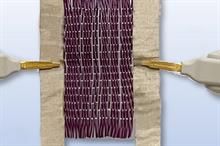
28th Apr 2023
Researchers at Canada’s Waterloo University have developed a smart material that responds to both heat and electricity. The material, made with polymer nano-composite fibres from recycled plastic, can change its colour and shape when stimulated. The material is activated by a low voltage of electricity, making it more energy-efficient and...